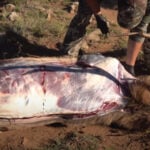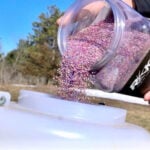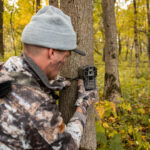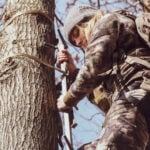One of the hottest tactics for hunting bull elk in the early season is to hunt over wallows. With temperatures typically running pretty warm when the season kicks off, these wallows can provide the perfect point of ambush for a big bull. I reached out to Dustin DeCroo of Big Horn Outfitters for some insight on how to hunt an elk wallow. Here’s a look at what he had to say…
As the overnight temperatures start to fall, morning temperatures are cool and it’s nearly impossible for any elk hunter to avoid thoughts of screaming bulls thrashing in a wallow. The question is, how do you effectively hunt an elk wallow?
Hunting a wallow often seems like the easiest way to kill an elk, and it certainly can be productive, but it’s not always a walk in the park.
Here are my top tips for how to hunt an elk wallow…
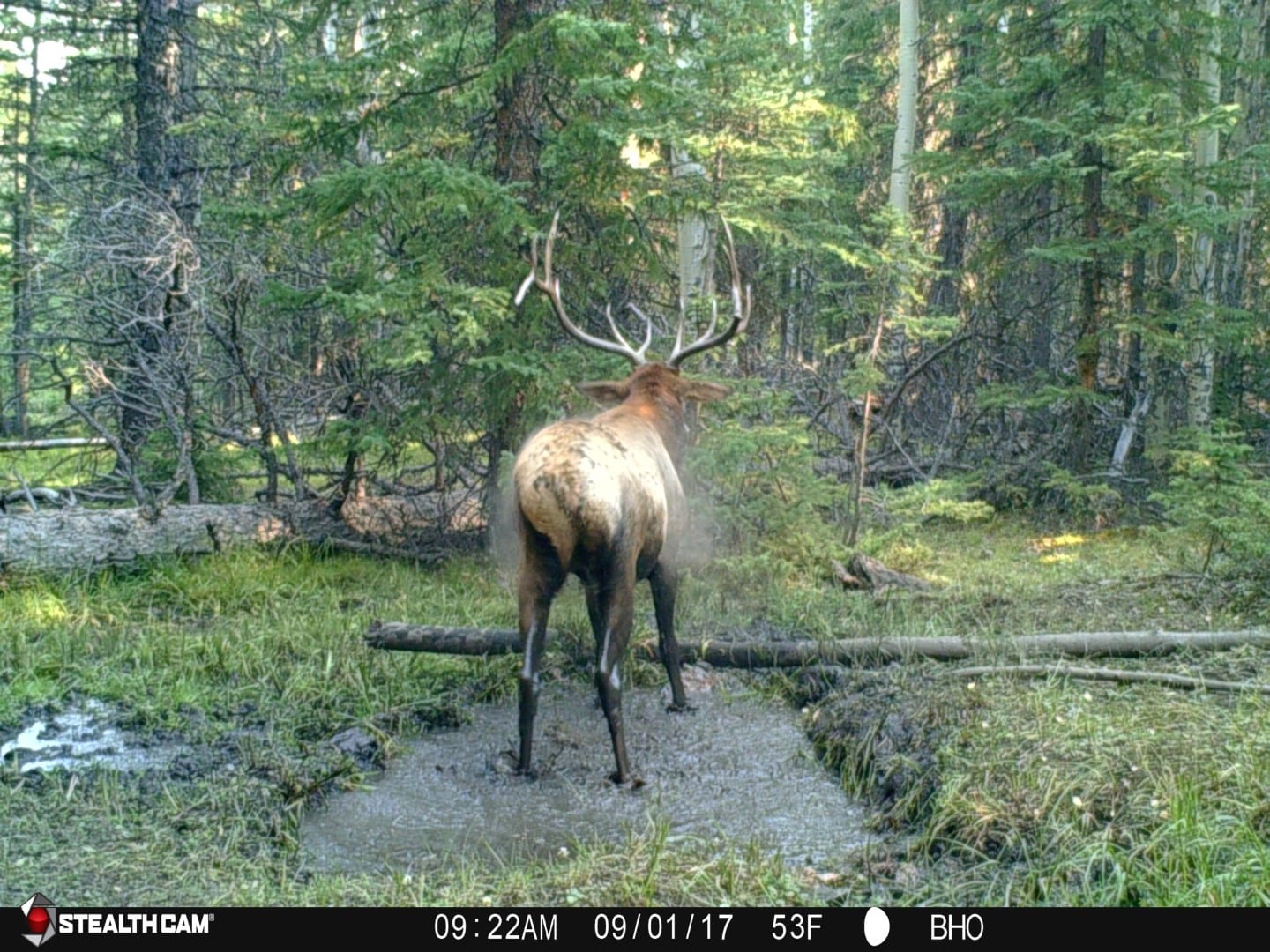
Do you know the best way to hunt an elk wallow this season?
Locating a Wallow
The first step is obvious. You must actually locate an active wallow to begin the process. Of course the first step to hunting a wallow, is finding a wallow. Wallows can be found in the timber as well as out in the open. Any spot/hole that’ll hold a little water could potentially be used by a bull for a wallow. Look for areas along creeks, seeps, or other areas where water and mud can be found in common elk hangouts.
When to Hunt Elk Wallows
Focus on wallows prior to the peak of the rut. Elk use wallows throughout the rut, but as the rut wears on, the wallows being used change drastically. Your chances of killing a bull at the wallow are far better before the cows enter estrus. During the late summer and pre-rut the bulls stick to more discernable patterns than after the smell of a hot cow floats through the air. When the camera tells you the elk are gone, trust it. Elk wallows can go cold at the drop of a hat. When this happens, it’s time to put on your boots and cover some ground.
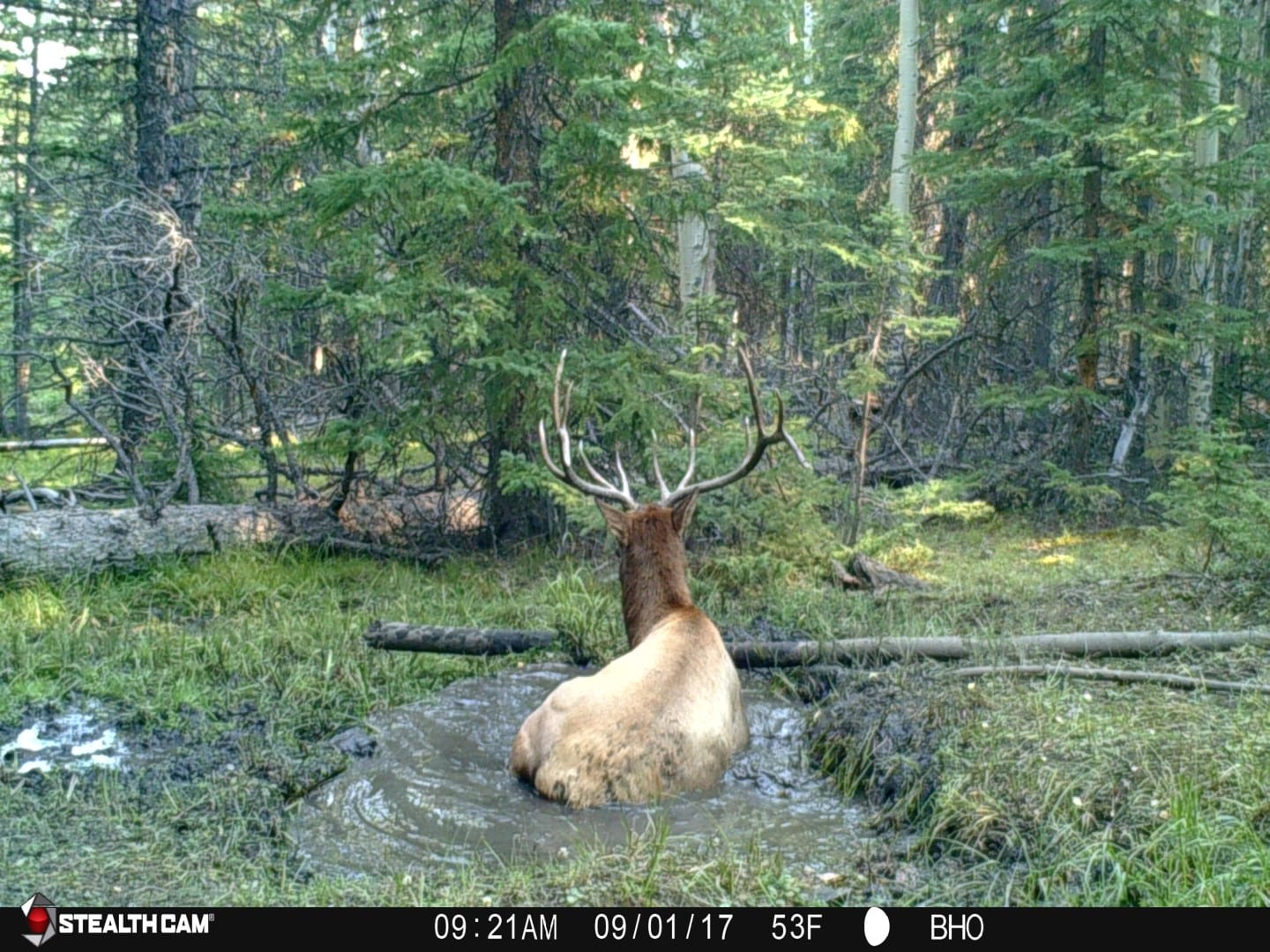
Pre-rut wallow hunting tends to be best for consistently encountering bulls.
Utilize Trail Cameras for Consistency
Trail cameras may be the most valuable tool you can own when it comes to hunting wallows. We’re all aware of the information that trail cameras can provide, but there is nothing worse than spending your time in a tree over an inactive elk wallow. Use your cameras at the wallow itself to find out which elk are coming and how often. I don’t recommend paying as much attention to the time the bull shows up, as I do how frequently the elk come to the wallow. The times may become more and more sporadic as the peak of the rut approaches. Sometimes the time at which the bull(s) show up, can indicate how closely they’re bedding to your wallow. Mid-day and multiple visits each day would suggest they’re bedded close by. Early morning and late evening visits could indicate that they’re passing through on their way to or from their bedding area. Obviously a trail camera isn’t a requirement, but it can definitely help you hunt more efficiently.
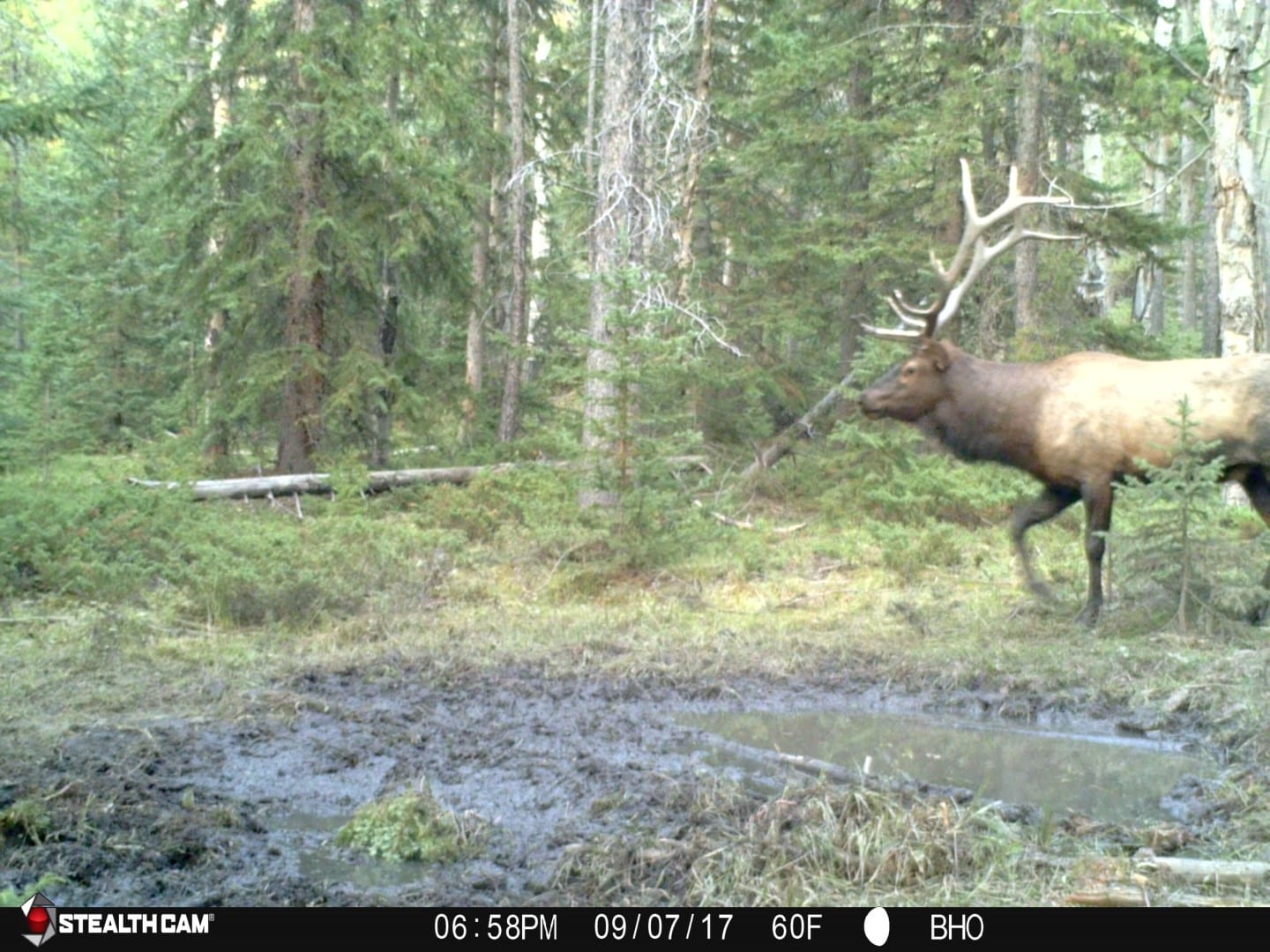
Trail cameras tell you how consistently a wallow is being used by a bull.
Treestand or Ground Blind for Wallows?
Treestands and blind are both effective at wallows. And when hunting a blind, I prefer natural blinds over the pop-up style blinds. One of the cool things about hunting wallows is that they’re generally near lodgepole or other types of pines which make fantastic trees for climbing treestands. No different than any other treestand, playing the wind is key. But keep in mind that many times at higher elevations, the thermals in both morning and evening are far more important than wind direction. Whichever method you choose, patience is what will provide you with opportunities.
Splashing & Calling
One of my favorite tactics when it comes to hunting wallows, is the “splash technique.” Essentially all you’re doing is making one bull think someone is at his wallow. Take a stick, tree limb or whatever you can find and make as much commotion as you can at the wallow for 10-30 seconds. Then assume your position in your stand or blind, and be ready for when the investigator arrives. You can also call at the same time. I do this occasionally when we’re chasing elk in the traditional manner. When we come to a wallow that is muddied up and seems active. I’ll grab a branch and splash the water, call and then setup in the shadows for a little while. There have been many bulls that come to see who is there. Another thing to keep in mind is that you don’t have to be silent walking in or out. Elk are noisy animals. They expect other elk to make noise walking through the woods. If you break a branch or step on the twigs, don’t sweat it. That’s what elk do too. Many times I intentionally make more noise than I would walking normally.
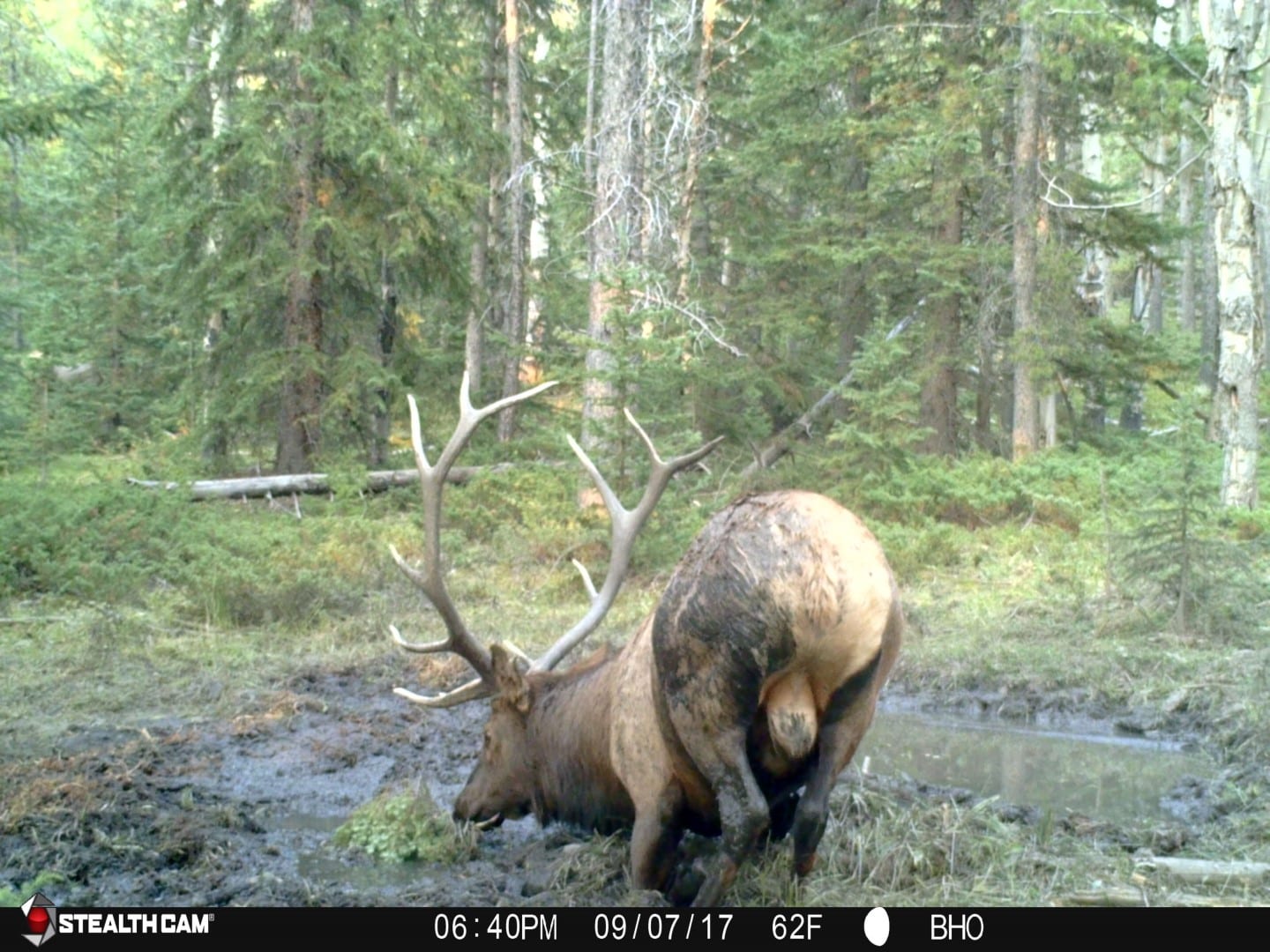
Elk make a lot of noise as they thrash and splash at a wallow. These sounds can be just what you need to draw a bull to the wallow you’re hunting.
How to Hunt an Elk Wallow – Conclusion
One of the big advantages of wallow hunting early in the season, is that you aren’t out covering lots of ground trying to call elk that aren’t ready. Hunting over wallows can be less physically and mentally taxing on you, as well as less disruptive to the bulls you’re trying to call. Hunting an elk wallow allows you to hunt the elk where they want to be.

 By
By 